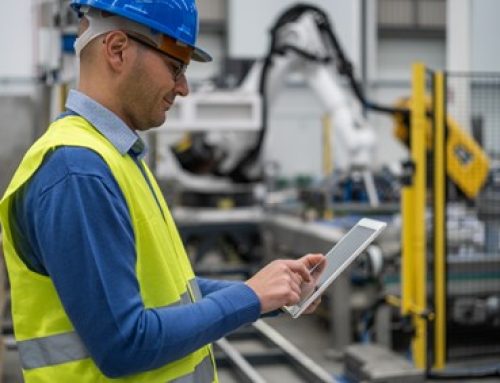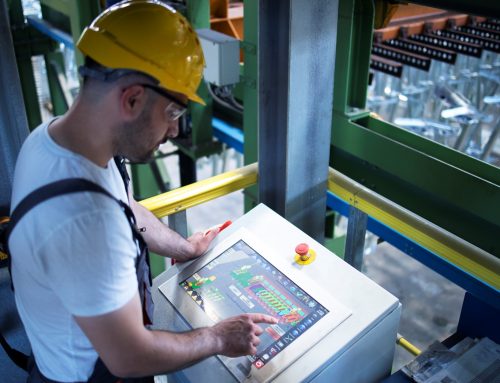Learn about the importance of asset lifecycle management for increasing efficiency, reducing costs, and boosting revenue. Discover how technology can assist in this process.
Asset lifecycle management is a crucial task for the financial health of any company. It involves the monitoring and control of all stages of an asset’s lifecycle, from acquisition to disposal. Efficient asset management can help to reduce costs, increase process efficiency, and ultimately improve a company’s revenue.
In this article, we will explore the concept of asset lifecycle management and how implementing this strategy can be essential for business continuity.
Understanding asset lifecycle
The asset lifecycle comprises several stages, including acquisition, operation, maintenance, modernization, and disposal. It’s essential to monitor and efficiently manage each of these stages as they directly impact asset performance and, therefore, a company’s financial health.
Reducing costs through asset lifecycle management
Efficient asset lifecycle management enables identifying cost-saving opportunities in various stages, such as acquiring more efficient assets, implementing preventive maintenance to avoid failures and issues, and identifying modernization opportunities to increase process efficiency.
Moreover, effective asset lifecycle management allows monitoring asset performance and identifying improvement opportunities, which can lead to significant cost reductions.
Boosting revenue through asset lifecycle management
Effective asset lifecycle management can also increase a company’s revenue. As previously mentioned, by identifying process improvement opportunities, a company can achieve more efficient asset operation.
Additionally, monitoring real-time equipment and installation conditions allows identifying ways to enhance machine performance, improving the quality of the company’s product or service.
Consequently, customers are more satisfied, and the brand’s strength increases, resulting in more contracts and sales, which directly translates into increased revenue.
Using technology to manage
As you can see, asset lifecycle management is essential for ensuring process efficiency and effectiveness in production and operation. In this process, technology can be an important ally.
Through advanced tools, such as an enterprise asset management (EAM) system, it’s possible to monitor and control all stages of the asset lifecycle, obtain valuable information on its use and performance, and generate reports and analyses for informed decision-making.
Therefore, it’s crucial for companies to invest in efficient asset lifecycle management to ensure process continuity and increase revenue. Don’t waste any more time and invest in technologies that enhance this management.
Using an asset lifecycle management system like Manusis is an effective way to assist in managing these resources. It enables monitoring and controlling all stages of the asset lifecycle, from acquisition to disposal. Additionally, Manusis facilitates preventive maintenance and identifies improvement opportunities based on collected information on asset use and performance.
Request a demonstration and learn more about our solution!






Leave A Comment